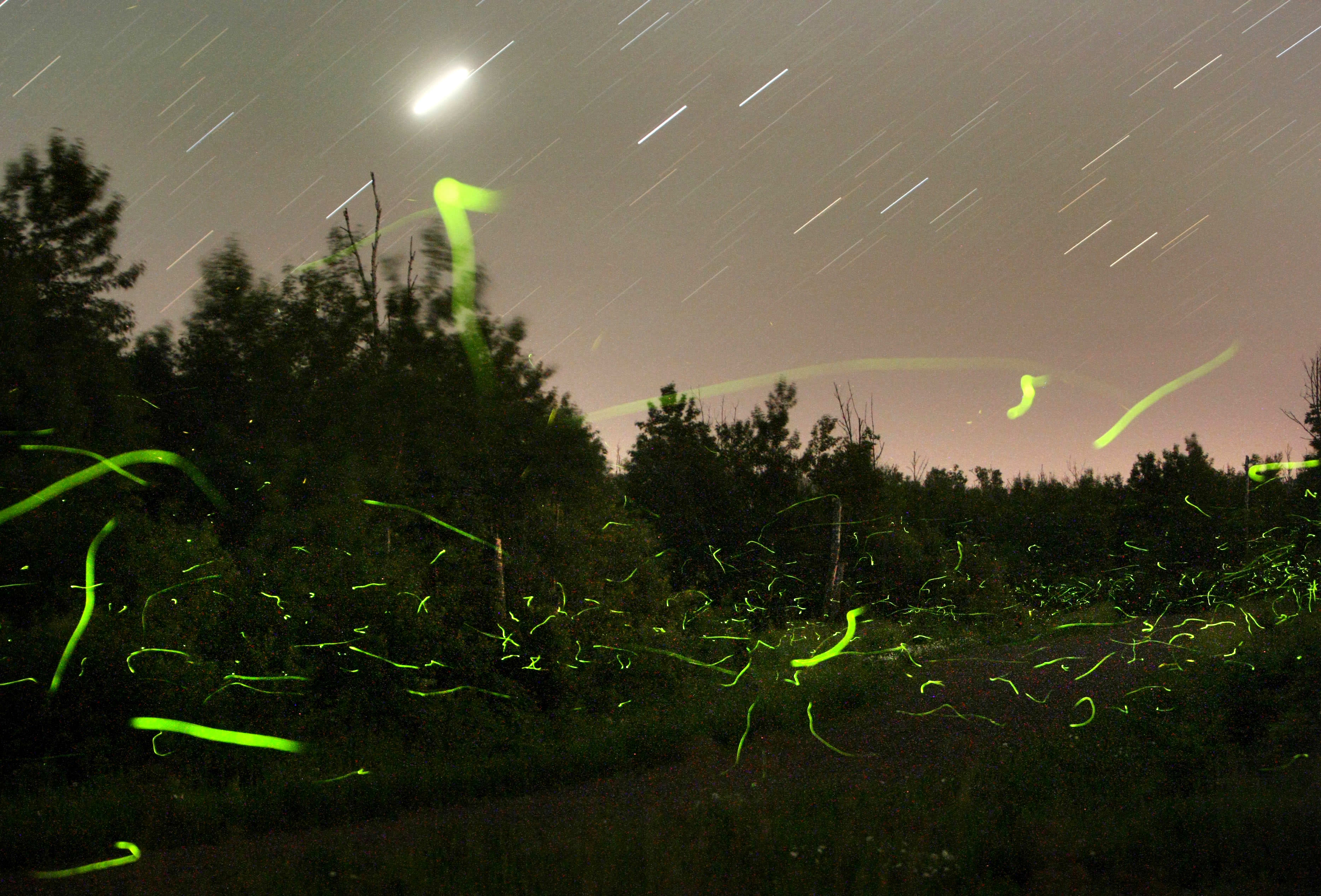

If they no longer flash, then they are probably Photinus lighting bugs.

Once captured, it’s time to take a closer look. They love the humidity! A slice of apple won’t hurt either. If you choose to capture lighting bugs, place them in a jar with a wet cotton ball at the bottom and holes in the lid. How many species can you find in your backyard? Once you have their pattern, write it down and compare it to the flash chart to see what species it is. Maybe it’s three consecutive flashes repeated every 6 seconds. How many flashes each time? How many seconds apart are the flashes? Maybe it’s only one flash repeated every four seconds. So how can you identify other lightning bug species? You’ll need a stopwatch, paper and pencil and a flash chart (download a flash chart here.) Observe the lightning bug flash patterns that you see. Photuris lightning bug (Photo by Paul Seevers)ĥ. There are many other Photinus species as well – look for the yellowish-green light in various patterns and timings. They make a conspicuous “j” pattern when they flash a few feet from the ground. The majority of the lightning bugs you caught as a child (or last night!) were probably “Big Dipper” lightning bugs: Photinus pyralis. Photinus come out at dusk and have yellowish-green light. There are two common genera of lightning bugs that light up at night that you can find in your backyard in Hamilton County: Photinus and Photuris. Males of each species that light up have their own flash pattern, which is the easiest way to identify them. Their femme fatales are seriously dangerous The females are hunkered down, watching for males from a safe post.Ĥ. Typically only the males are out and about flying. When the female finds one that’s worth it, she will respond with a flash of her own from her perch on some nearby vegetation. And it’s the timing of their flash that tells the female lighting bug that this is a guy worth pursuing. The male flashes to win the attention of the female. Think of their flash like a man outside a girl’s window with a guitar singing a love song on the front lawn. It’s their flash that helps them reach that goal.

Lightning bugs only live for a couple of weeks as adults, and their sole aim during that time is to find a mate. The lightning bug’s romanticism returns in the adult stage. Suddenly lightning bugs aren’t so romantic, are they? Then they begin sucking up the mush for nourishment. Then they inject digestive juices, turning the insides of their prey to mush. They pierce their prey and inject a neurotoxin paralyzing, but not killing, their prey. In that time they feast on snails, worms and other small invertebrates they find while living under logs and leaf debris. Many larvae will live two years before transforming into an adult lightning bug. So if not all lightning bugs flash, what makes a lightning bug a lightning bug? It’s their larvae – they all glow! There are more than 2,000 species of lightning bugs worldwide (around 71 in Ohio), and all the larvae glow to tell predators, “I’m dangerous, don’t eat me.”īut the larvae do a ton of eating themselves. Lucidota lightning bug (Photo by Paul Seevers)


 0 kommentar(er)
0 kommentar(er)
